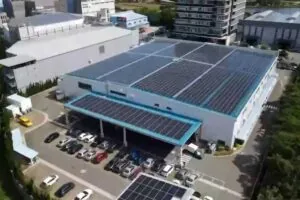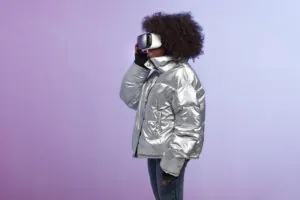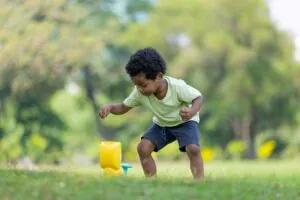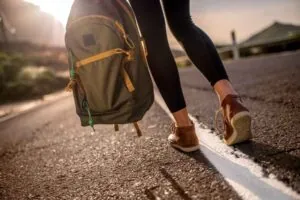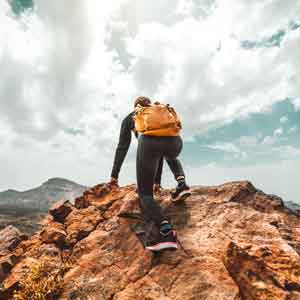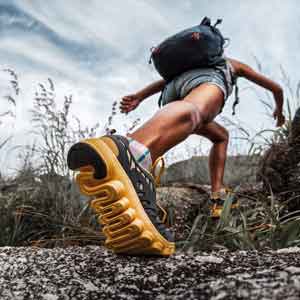Plastic buckle manufacturer supports the WHO global action plan on physical activity
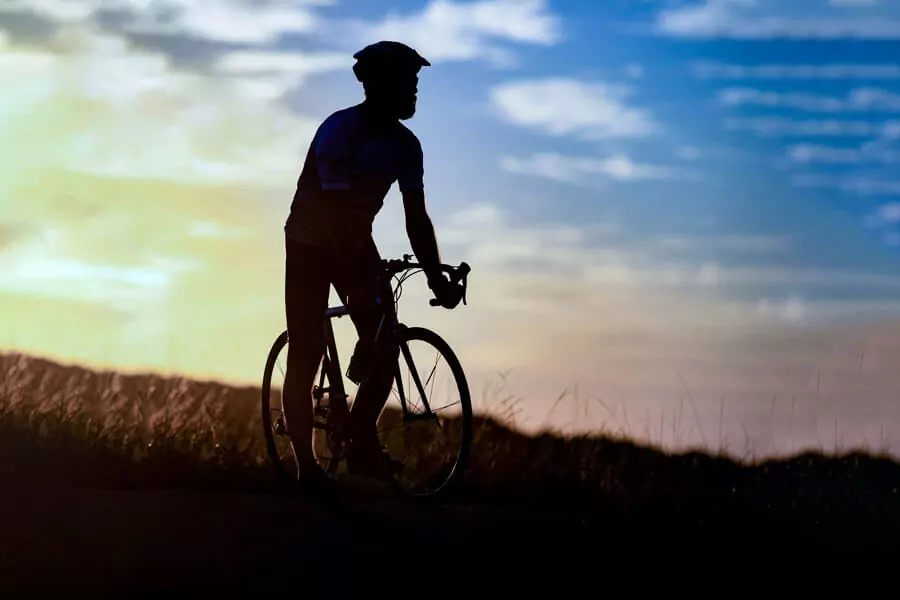
As an innovative plastic buckle manufacturer, Nifco manufactures a range of plastic buckles and fasteners that are used in sports and exercise clothing and footwear worldwide. Our products are designed to be reliable, easy to use, stylish and sustainable. By combining these goals, we have developed a ‘best fit’ strategy that is good for people and the planet.
Table of Contents
We know poorly fastened footwear causes injuries, and this is one of the reasons people do not exercise. Comfortable, secure sports with sports clothing and footwear help people take up sports and active lifestyles. This is why Nifco designs securely fitting fasteners offering significant improvements over old technology.
By offering a superior fit that is easier and safer to use, our lace locks reduce the risk of trips and falls caused by shoelaces coming undone. The feeling of comfort and safety that comes from wearing shoes fastened by our lace locks encourages a more active and healthy lifestyle.
The WHO Global Action Plan on Physical Activity (GAPPA)
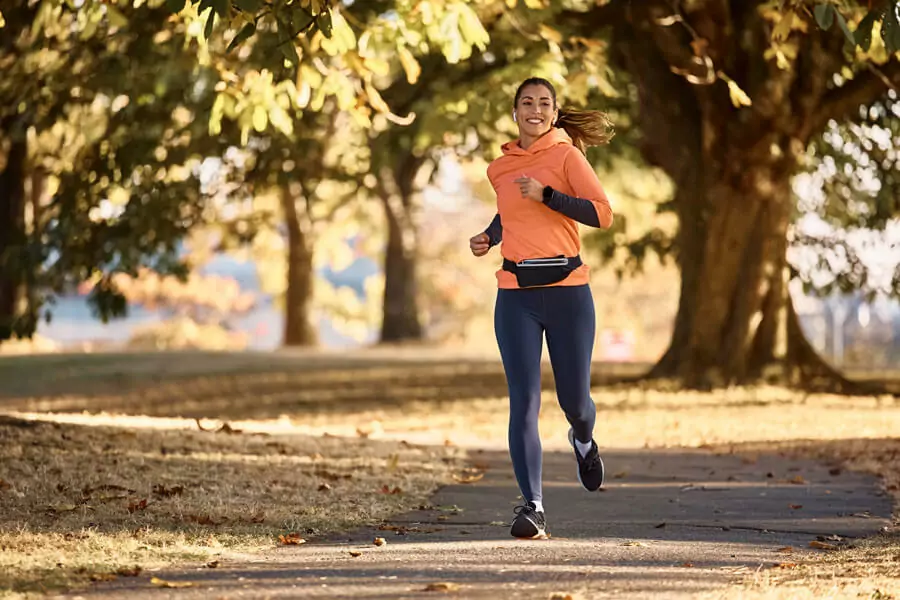
The World Health Organization WHO emphasizes that regular physical activity has many mental and physical health benefits and is important for people of all ages and abilities, but WHO has found that 81% of young people and 27.5% of adults do not maintain a healthy level of physical activity.
What is the WHO Global Action Plan on Physical Activity (GAPPA)?
The WHO GAPPA has three features:
1. The Vision
More active people for a healthier world
2. The Mission
To ensure that all people have access to safe and enabling environments and to diverse opportunities to be physically active in their daily lives, as a means of improving individual and community health and contributing to the social, cultural and economic development of all nations.
3. The Target
A 15% relative reduction in the global prevalence of physical inactivity in adults and in adolescents by 2030.
The WHO Global Status Report on Physical Activity 2022 explains the harmful effects on human society that result from people don’t get enough exercise on a week-to-week basis. WHO estimates the annual impact of this is 500 million cases of non-communicable disease (NCD) at an annual cost of USD 27bn, with 70% of healthcare expenditure on treating illness in high-income countries related to the results of physical inactivity.
The COVID-19 pandemic demonstrated the important role of regular physical activity in maintaining good health, also highlighted how certain communities and people found it difficult to participate in physical activity. WHO is calling for global changes in participation in exercise and sports to reverse the alarming trend towards unhealthy lifestyles.
More active people for a healthier world
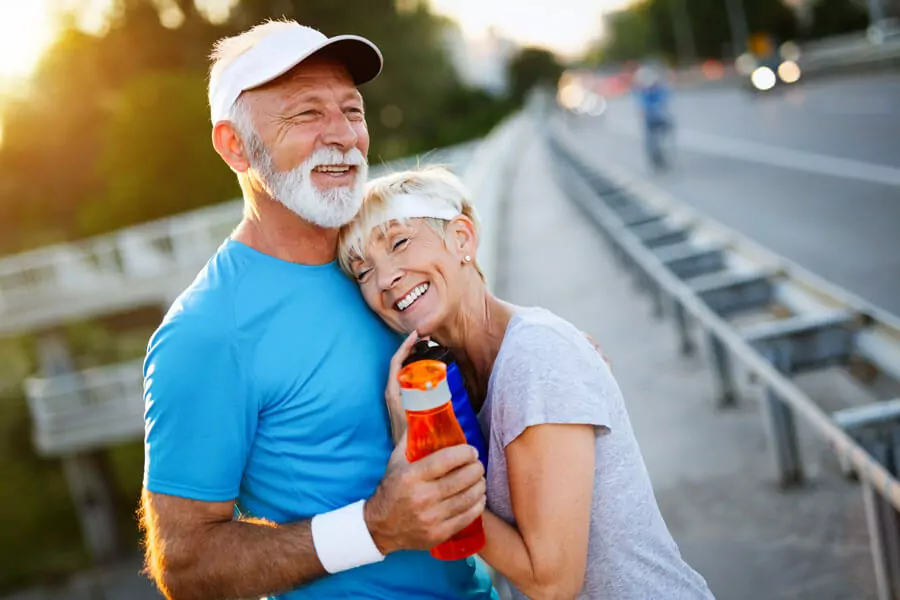
The World Health Organization WHO has developed the Global Action Plan on Physical Activity 2018-2030 GAPPA More active people for a healthier world to build physical activity into public policy. There are recommendations for four key areas based on research evidence: active societies, active environments, active people, and active systems. The aim is to achieve a target of a 15% increase in physical activity by 2030.
Governments can encourage global increases in physical activity by making policy changes, and promoting a healthy lifestyle, but for people to participate in sports and exercise programs it is important to consider personal factors. This is where good quality sports clothing and footwear are important in making people feel more comfortable and confident about exercise.
In addition to the personal health benefits of physical activity, societies that are more active
create additional returns on investment because of reduced use of fossil fuels, leading to cleaner air and safer, less congested roads. These outcomes are connected with the goals, policies and vision of the Sustainable Development Agenda 2030.
What do we mean by an active lifestyle?
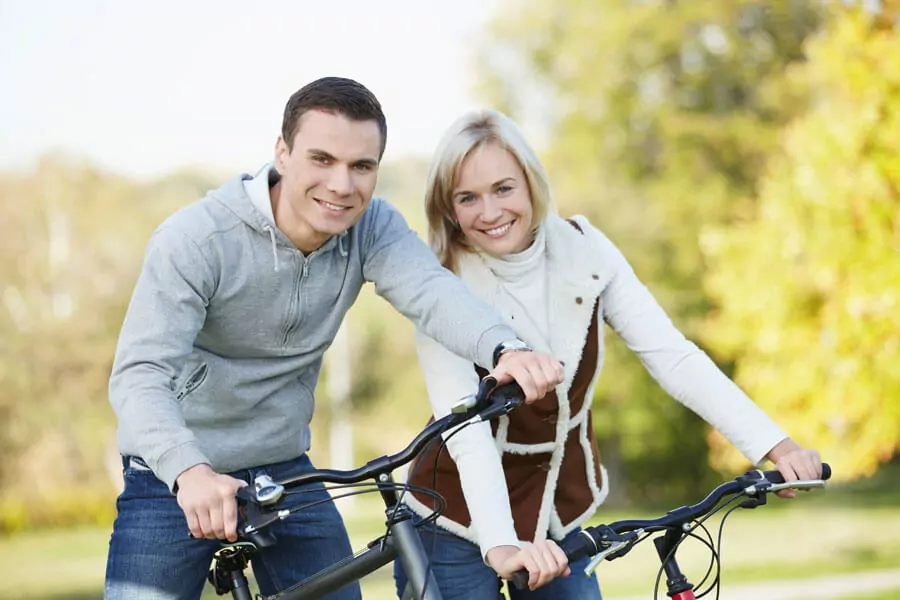
People can have healthy active lifestyles in many ways, not just by doing sports such as cycling or running. Working in a physically demanding environment, going dancing or taking up yoga, as well as activities around the home, are all ways of keeping active; all sports require appropriate, comfortable clothing and footwear.
Physical activity is important across all ages. Active play and recreation in early childhood as well as for children and adolescents is vital for healthy growth and development. Whether in work or not, elders benefit significantly from regular physical activity to maintain physical and mental health and to age healthily.
How does physical activity impact the Sustainable Development Goals 2030?

WHO promotes walking, cycling, sport, active recreation and play as making direct contributions not only to Sustainable Development Goal SDG3 good health and well-being, but has a surprisingly broad impact on 12 of the other 2030 Sustainable Development Goals:
- SDG2 ending all forms of malnutrition
- SDG4 quality education
- SDG5 gender equality
- SDG8 decent work and economic growth
- SDG9 industry, innovation and infrastructure
- SDG10 reduced inequalities
- SDG11 sustainable cities and communities
- SDG12 responsible production and consumption
- SDG13 climate action
- SDG15 life on land
- SDG16 peace, justice and strong institutions
- SDG17 partnerships
These wider impacts on global sustainable development demonstrate how critically important it is to make the best efforts possible to support sustainable healthy active lifestyles at individual and societal levels.
What is the WHO framework for action?
WHO states that reversing current trends and promoting physical activity requires a “systems-based” approach that combines national and individual support. Government policy can offer economic, social, environmental and cultural support for physical activity. Education, information and better clothing, footwear and equipment support individuals to adopt a healthy active lifestyle.
How Nifco supports healthy active lifestyles
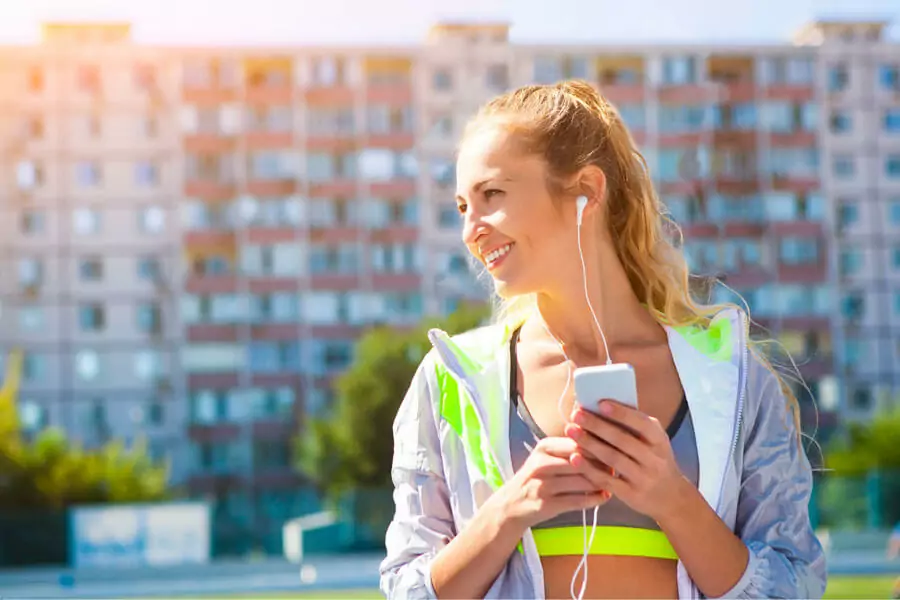
The Nifco philosophy of the best fit for people and planet supports the WHO drive towards healthy active lifestyles. Our sustainable, ergonomic designs engage consumers by doing sports and exercise more comfortable and being environmentally responsible. Contact us to discuss how we can work with you to show your brand is committed to global health and well-being.

